Welcome to the complete guide to St Jean de Luz!
You will make the most of this travel guide to St Jean de Luz if you want to know the best tips to discover this pretty little coastal town in the Basque Country and/or want to discover its history and soul.
This guide is designed to describe its history through the wedding of Louis XIV and its fishing harbour, the places to visit, the best hotels and restaurants, when and how to get there, etc.
Check back regularly for new information and updates.
For each chapter, you will find all similar articles.
Combine this information with your own experience and you will enjoy Saint Jean de Luz and the Basque Country as a local.
Saint Jean de Luz, little fishing harbour between ocean and mountains
Saint Jean de Luz France is a small town of about 14,000 inhabitants, located in the department of Pyrenees Atlantiques in the New Aquitaine region, in the southwest of France. Less than 20 kilometres from Spain along the Basque coast, it has a small fishing port dominated by the mountain of La Rhune and a beautiful seafront well sheltered by dykes. It shares its TGV station and the Bay of Socoa with its neighbour Ciboure.
Like Biarritz, it belongs to the Basque province of Labourd.
The location of St Jean de Luz, its mild climate, its sheltered and safe beach, its magnificent coast punctuated by flysch, the golf course, its history, the persistence of the strong cultural identity of the Basque Country, make it a very popular seaside destination for tourists.
The town of St Jean de Luz offers many opportunities for entertainment, visits and swimming, as does the whole of the Basque coast, easily accessible both by car and by public transport. The train station is ideally located in the city centre. The most famous villages in the hinterland, such as Espelette or Saint Jean Pied de Port, and the Pyrenean mountains are only a few kilometres away through beautiful picturesque roads known only by locals.
The best attractions in Saint Jean de Luz are its large beach of fine sand, its walk along the seafront, its port, the Louis XIV and Infante houses, located in the centre. A stone’s throw away is the Socoa fort and the magnificent Corniche road.
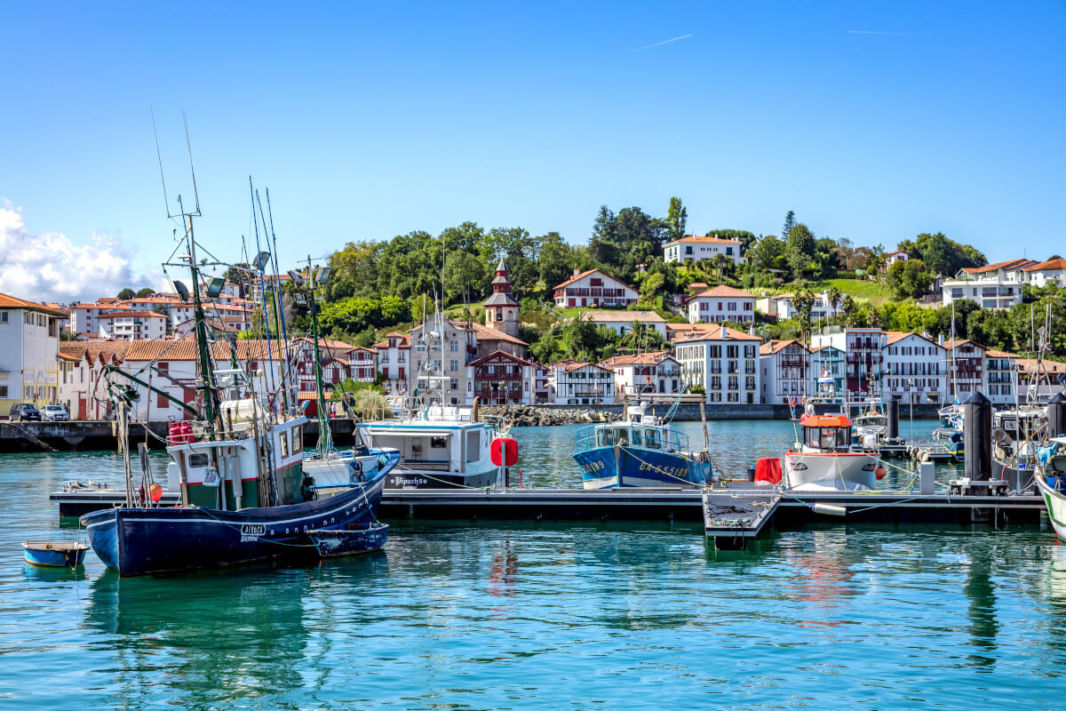
Below, I tell you about the history of San Jean de Luz, before sharing everything you need to know to visit.
As in Biarritz, strolling along the city’s beaches is one of our favourite activities, thanks to the view of the mountains, the Socoa Fort, the harbour and Ciboure.
History
In prehistoric times, the village lived from fishing and gathering. Its French name is derived from its Basque name, Donibane Lohitzune. Don: Saint, Lord of. Bane: John. Lohitzune: swamps. “Saint John of the swamps”, Saint Jean des marais in French, indeed stretched between sea and swamps.
It is quite natural that in the Middle Ages the city was equipped with a harbour. Thanks to whaling, it soon became one of the most important ports on the Atlantic coast.
Devastated by the Spaniards who set fire to it before abandoning it in 1558, destroyed by 3 successive seaquakes, Napoleon III built the Artha and Sainte Barbe dikes to protect the town. The city was then transformed into a seaside resort with a mixture of privateers, fishermen and aristocrats. The latter had discovered the city thanks to the marriage of Louis XIV and Maria Theresa of Austria in 1660.
With the whales having to be chased all the way to Terre-Neuve, the fishermen redirected their attention to tuna and sardines. By 1950, Saint Jean de Luz was the largest tuna and sardine port in France. Even today, there is a tuna festival and a sardine festival (both in July).
The attractions of the town and the surrounding area enabled it to survive the fishing crisis and to develop into a popular seaside resort.
You can find out more about its history by hiring a local guide.
Today, if you visit St Jean de Luz, you can visit everything on foot. The port, the Place Louis XIV, the Maison de l’Infante, the Square Louis XIV, the church of Saint Jean-Baptiste, the market are all within a stone’s throw of the beach. The more courageous can walk along Ciboure, visit the fish market, go to the Fort of Socoa and even walk up to the road of the corniche. There is a wide choice of accommodation to suit all budgets and plenty of places to relax, have fun, play golf and enjoy the beach.
You will find many restaurants where you can taste Basque and Luzian specialities and beautiful spa hotels or more family-friendly hotels.
Chapter 1: Things to do in Saint Jean de Luz
The city has many places to discover, from places related to the wedding of Louis XIV to places related to the ocean, such as the harbour, the beach or the Corniche road. Discover some of them below.
Visit St Jean de Luz in one day: video (English subtitles).
In this video, you will find a complete itinerary to visit Saint Jean de Luz and its surroundings on foot: the points of interest of the city but also Ciboure, the Fort of Socoa and the road of the Corniche, a recommendation for lunch…
Chapter 2: the local festivals.
Donibane Lohitzune is not an exception and the town is festive all year round. These include the tuna and sardine festivals in summer, the Andalusian festival at Pentecost, the internationals of Cesta Punta, the Chipiron or Sorgin Guaua festival in Ciboure, the cornice festival, carnivals, choirs in the church with its extraordinary acoustics…
Below I tell you about my two favourite festivals in Saint Jean de Luz, Udaberria Dantzan, the dance festival of the 7 Basque provinces and Saint John’s Day. But also a festival celebrated in several towns and villages of the Basque Country: Fête Dieu (Corpus Christi).
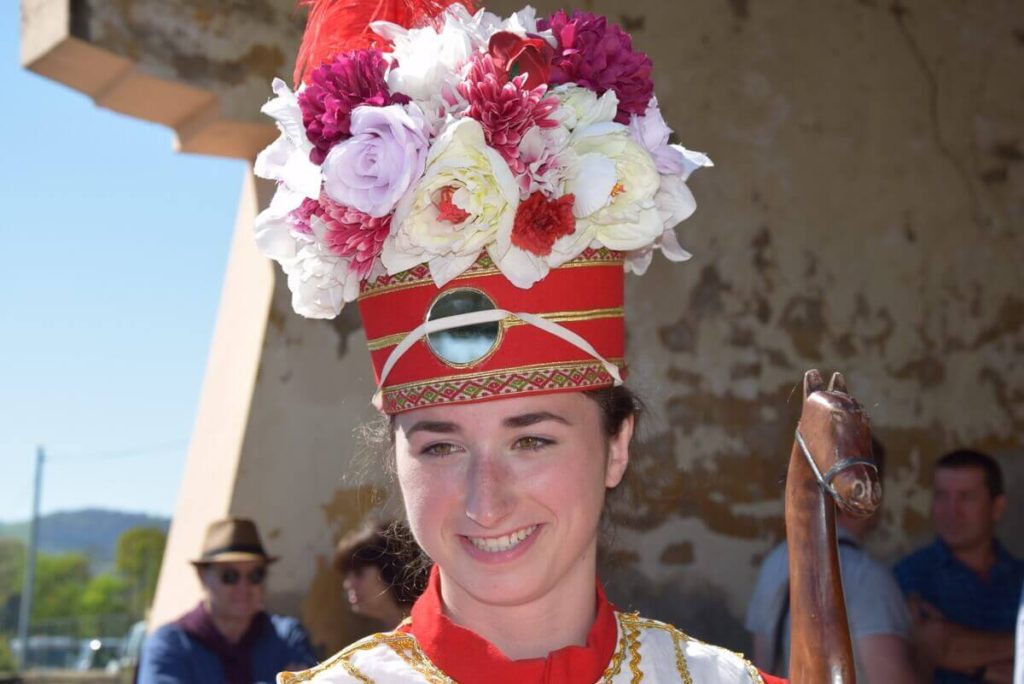
Udaberria Dantzan
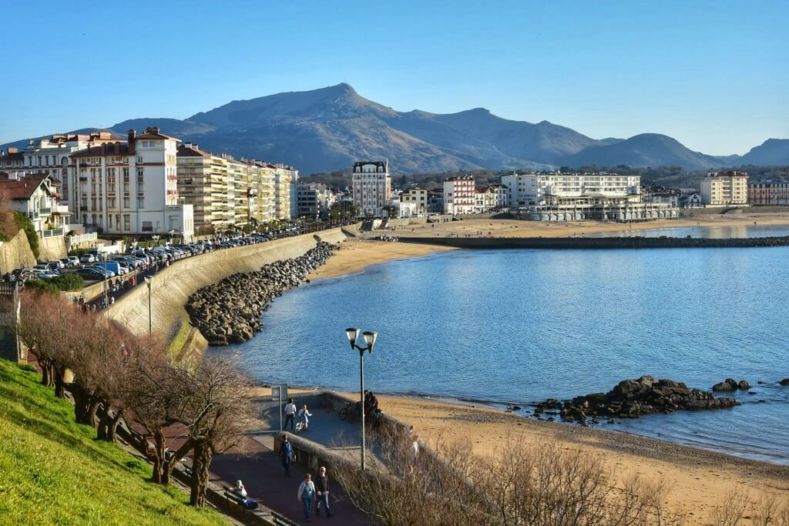
Saint Jean Feasts
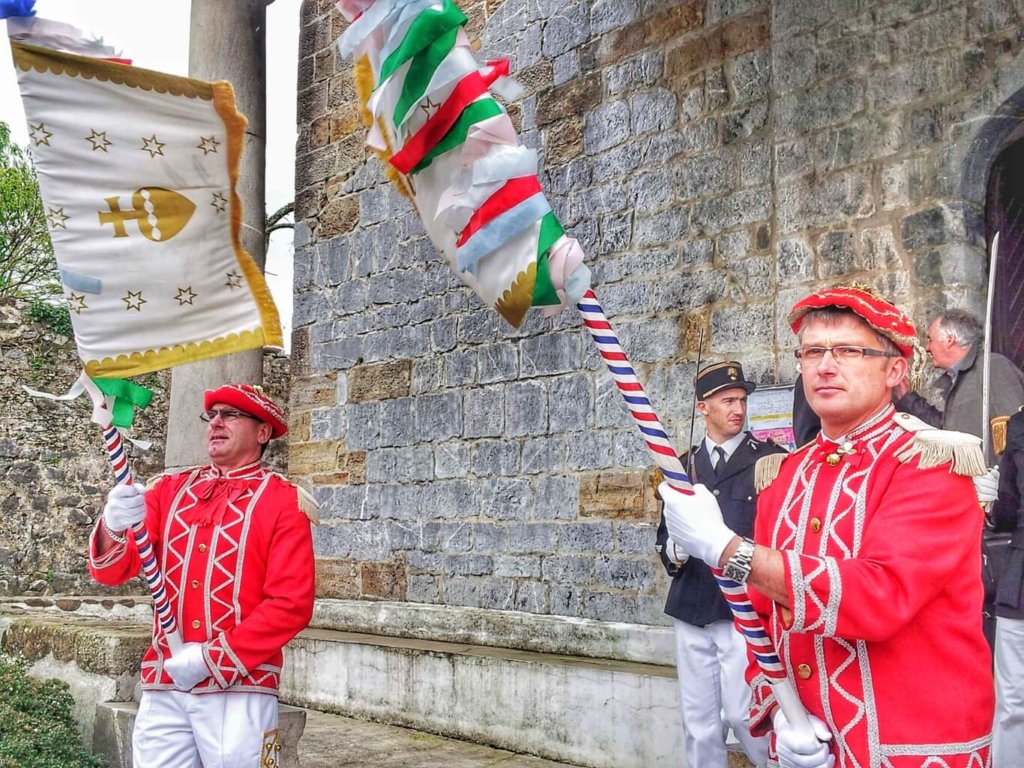
Fête Dieu
Chapter 3: Hotels in St Jean de Luz.
There is a wide choice of hotels in St Jean de Luz. In the article below about hotels in Biarritz, you will find at the end the best hotels in Saint Jean de Luz.
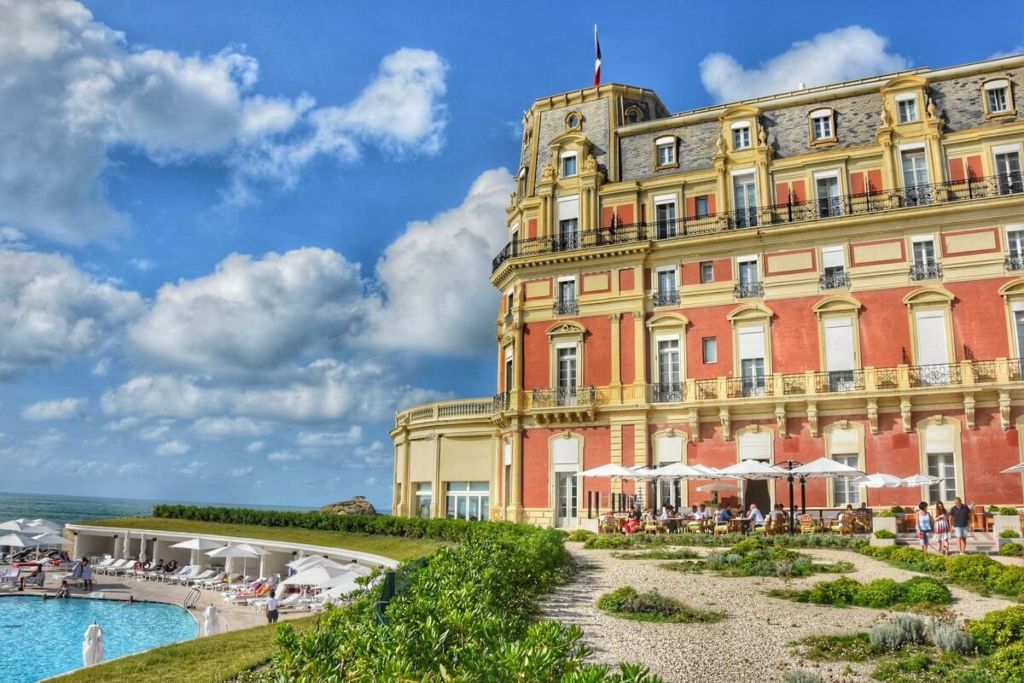
Top 5 luxury hotels in Biarritz
Chapter 4: Basque food specialities from St Jean de Luz
You can of course taste all the Basque specialities here. However, the city has 3 specialities for which it is famous. You will find the recipes and best places to try them below. Also note that some chefs in St Jean de Luz are famous for pintxos, the Basque tapas.

ttoro

Chipirons à la Luzienne
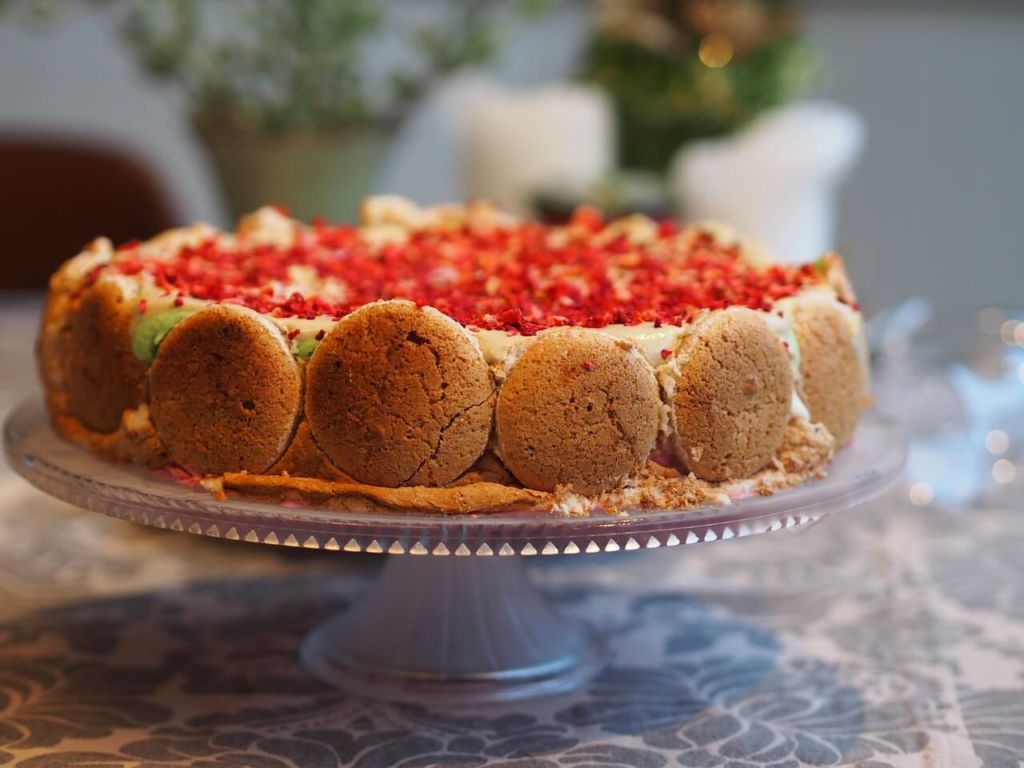
Macaron Adam
Chapter 5: How to reach St Jean de Luz?
The town can be reached by bus – bus station in the centre, opposite the SNCF railway station -, by classic train or TGV – station 2 minutes from the harbour and by plane from/to Biarritz.

Biarritz airport
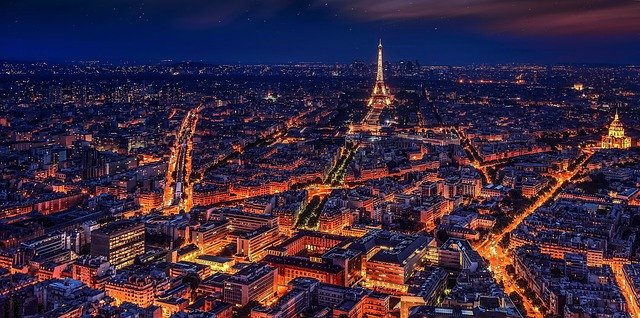
Train, bus or flight from/to Paris?
Chapter 6: Things to do close to Saint Jean de Luz
From the city, you can easily reach Biarritz, Bayonne, Hendaye, San Sebastian, but also the whole hinterland and the Rhune.
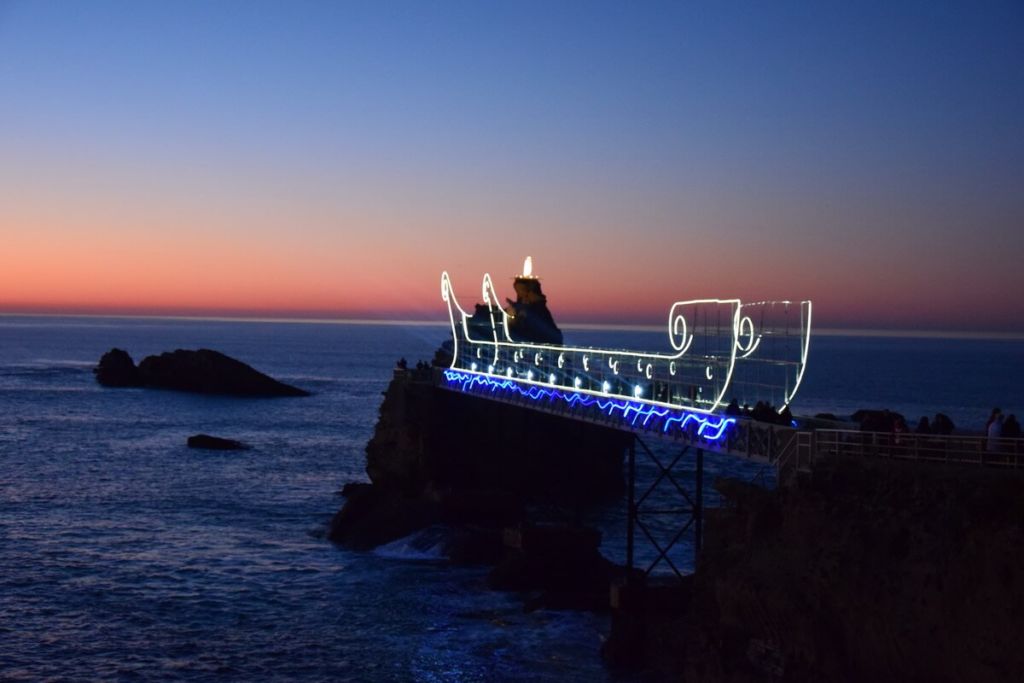
Biarritz
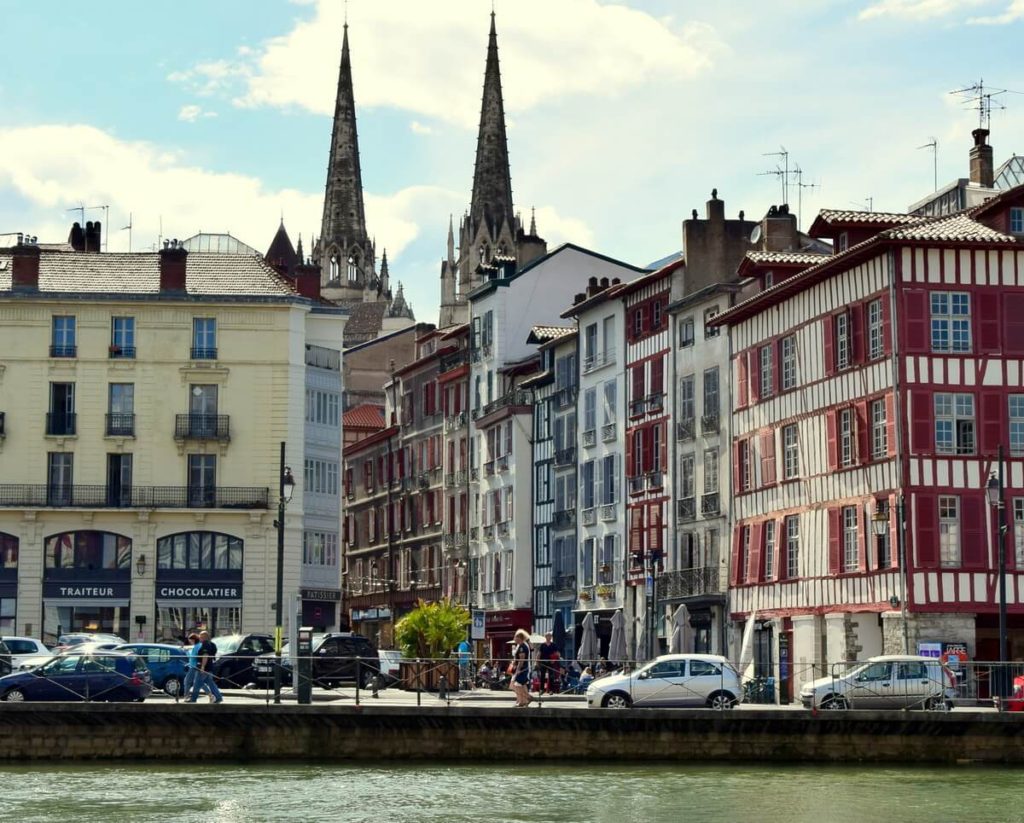
Bayonne
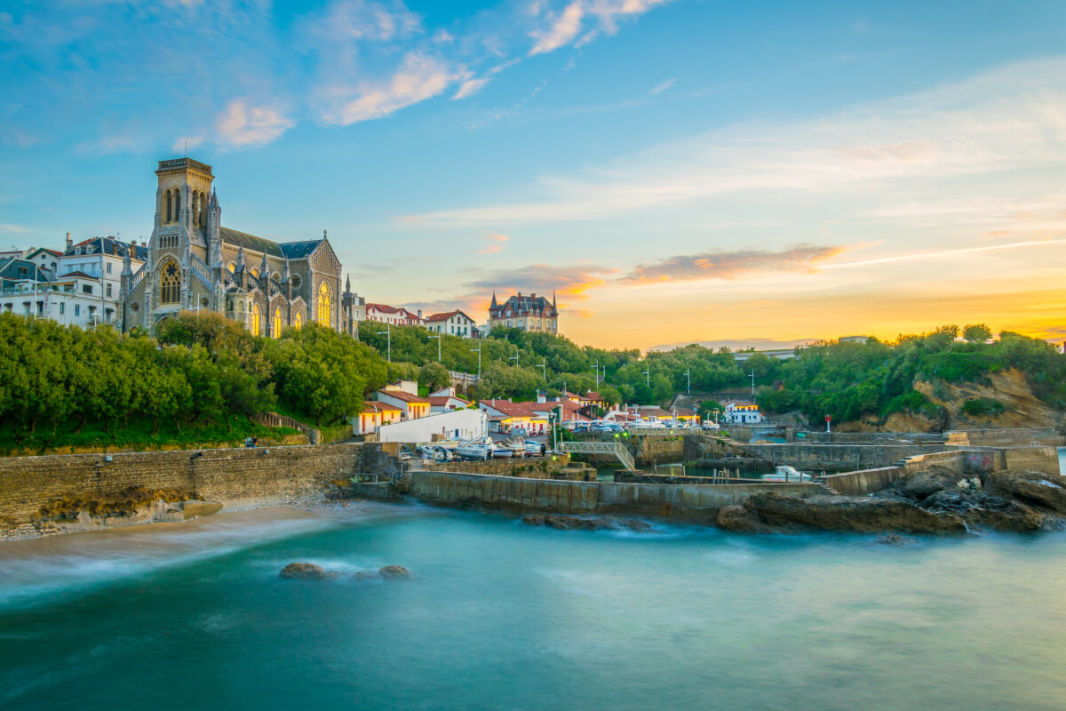
Saint Jean de Luz or Biarritz?
Do I need to read the whole guide?
If you want to visit St Jean de Luz soon and make the most of it, I recommend that you read this guide from beginning to end. You will find all the practical information you need to organize your trip, presented in a concise and simple way.
Otherwise, you can choose the chapters or articles corresponding to your current need.
If you don’t have time to organize your trip, don’t be discouraged; I can help you plan an itinerary that suits your personality and desires or answer your questions. You will find all the information on this page
You can find more information about the Basque Country on this blog

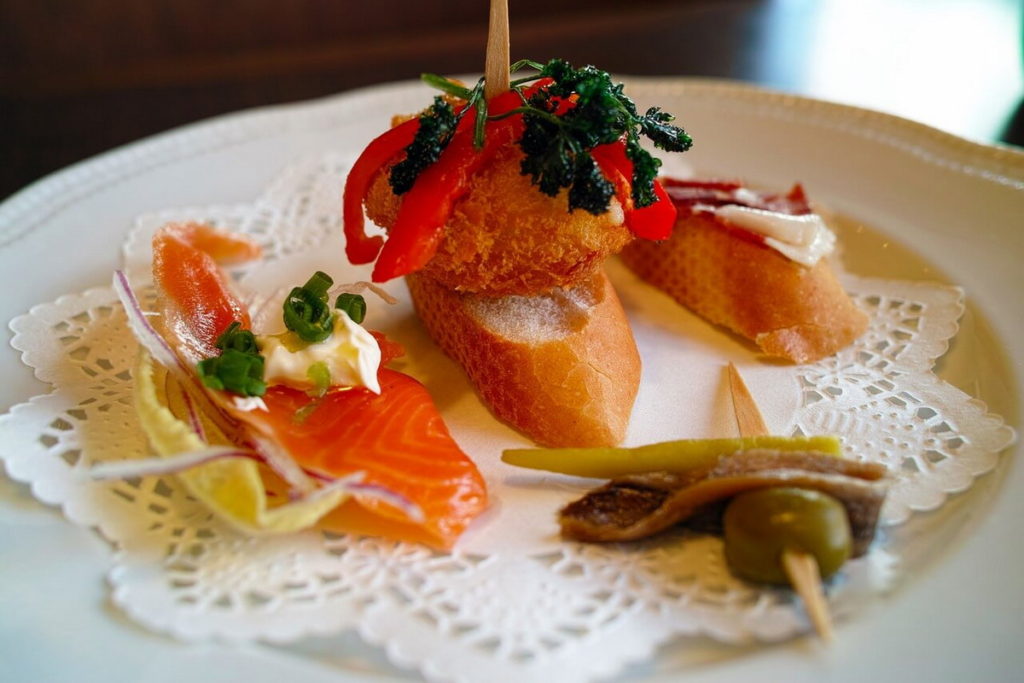
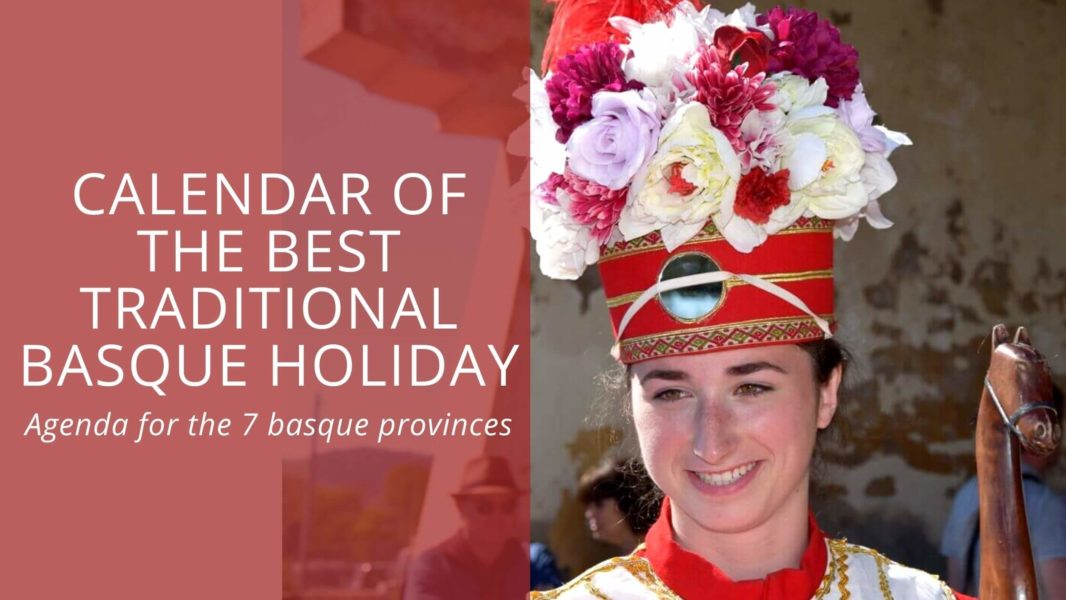
This is such a superb source that you are offering and you provide it away for free of charge. I love seeing web sites which comprehend the importance of furnishing a top quality resource for absolutely free.